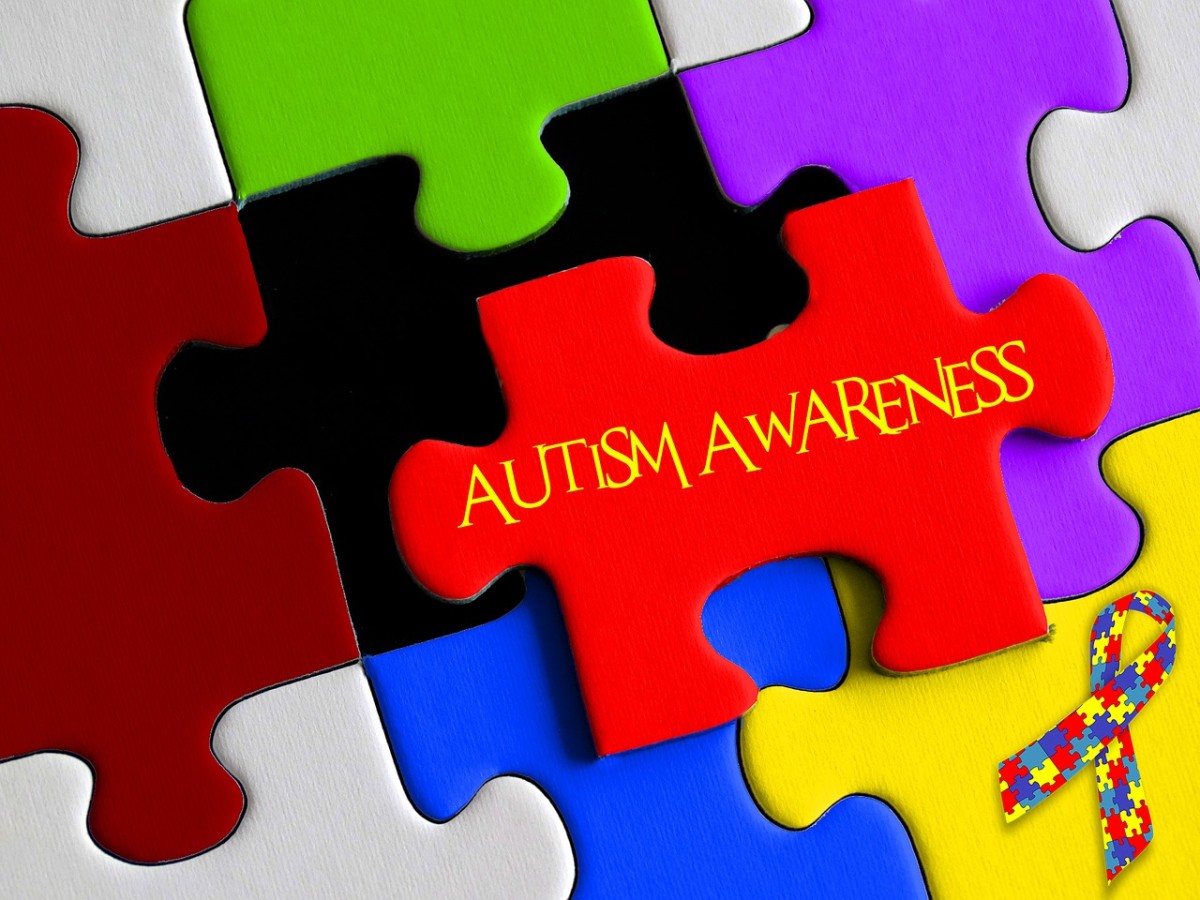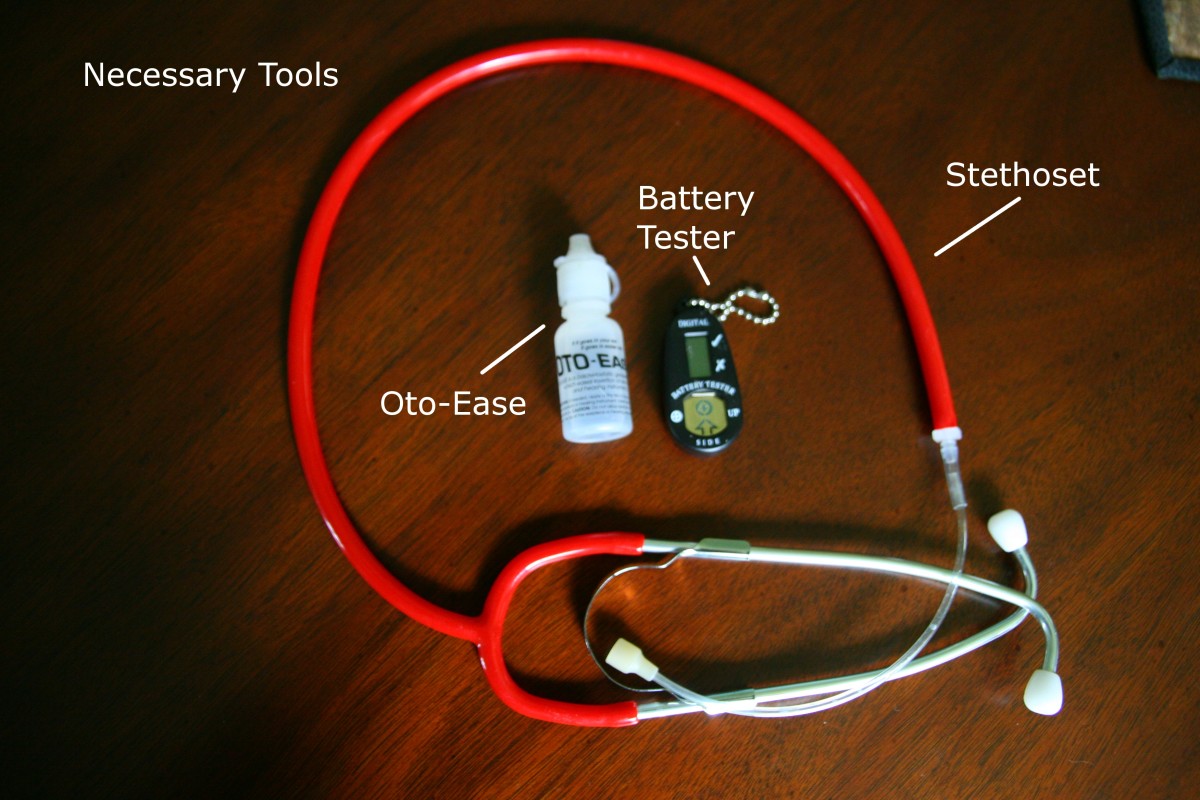Nutritional Treatments of Autism - Gluten Free Casein Free
GLUTEN FREE CASEIN FREE
Background
The gluten free casein free diet (also known as GFCF) involves the removal of all gluten (found in wheat, rye and some other grains) and all casein (found in most dairy products) from the diet. Whilst this can be hard to implement initially, in those people where there seems to be a problem with these intolerances the improvement may be dramatic. It can be particularly difficult to start this diet when you have someone who is very rigid in what he eats, but there are many foods available which are similar to more standard foods and these can be substituted these instead.
Gluten is a protein found in the plants named monocotyledonae. It is included in many products such as malt, grain starches, hydrolysed vegetable plant/protein, textured vegetable proteins, grain vinegars and soy sauce. Casein has a very similar molecular structure to gluten but it is a phosphoprotein of milk.
There a is wealth of information on the gluten free casein free diet available on the internet and plenty of online support as well. The diet is fairly cheap and easy to follow when you understand it and completely harmless. If there are allergies and intolerances in a family, it is much more likely that the children will have allergies and intolerances, although not necessarily the same ones. Also, if the person consumes a lot of bread or dairy products, then this is an indication that an allergy or intolerance to this may be his problem. The reason for the behavioural changes is that the body is unable to properly break down certain proteins (ie gluten and casein), and so these are changed into an incorrect form which has an effect on the brain and behaviour (Edelson, 2002).
When the digestive process is incomplete, amino acids (the building blocks of protein) are produced in short chains known as peptides. The most common proteins to do this are casein and gluten. If the enzymes are not digesting them properly these peptides may leave the gut and go into the bloodstream (Edelson, 2002). From here, they can enter the brain and this can cause neurological problems and hence behaviour problems.
Often, a standard allergy test will not show up that the person has a problem with gluten and/or casein, since he is not allergic to it, just intolerant. There are very specific differences between intolerances and allergies. Removal of gluten and casein may lead to an immediate improvement in the symptoms and behaviour, or they may get worse before getting better. However, if it does get worse this is a good sign in that there should be an overall improvement. The worsening is caused by the body trying to eliminate the gluten and casein still in the body.
People often find that when they have removed all casein and gluten for a while, small amounts can be tolerated. However, everybody is different and there are no hard and fast rules about this. The recommended time for following the diet before improvement is noted is unclear, with different opinions being given within the range of three months and a year.
Obviously it is almost impossible to do a double blind study on a topic such as this due to the nature of dietary changes.
Shattock and Whiteley (2000) recommend casein removal as the first thing to try with a child with autism. They say improvement with this is usually substantial and seldom takes longer than 2 weeks. However there can be unpleasant withdrawal effects. They also believe that many higher functioning children with autism don’t eat dairy products out of personal choice, because they know it makes them feel bad. They then recommend gluten removal which can take many months for the improvements to complete. From here they recommend other allergy testing, the use of supplements and so on.
Evaluation
The interest in a gluten free casein free diet for autism began when Panksepp (1979) noticed that animals taking opioids (a range of drugs including morphine) showed autistic style behaviours. Later research was undertaken on people with autism by Reichelt et al (1981) and replicated by others which showed raised levels of abnormal peptides which were similar to opioid peptides. Later Gillberg (1988) showed that there were elevated levels of endorphin like substances in the cerebro-spinal fluid of nearly half of the children with autism that he studied and none in the other children (Table 2). This was a small study with only 29 children with a range of intellectual abilities and doesn’t say if there was any link between their intellectual abilities and the level of endorphins although he does see a link between higher levels of endorphins and higher autistic style behaviour. This was a controlled study and a single or double blind study would have been preferable.
The first study on the gluten free casein free diet and behaviour was by Knivsberg et al (1990) (Table 2). They found a significant reduction in peptide levels and significant improvements in behaviour. These children were all at the same school which may affect results. The children were tested for the different peptides in their urine and given a diet appropriately, either gluten free and low dairy, low gluten and dairy free or gluten and dairy free for a year. This is different from most of the other research which just gives a standard gluten free dairy free diet to all those being studied and makes analysis more complex. The period of time is longer than most later studies, and gives plenty of time to allow for changes to show. Measurements were on autistic behaviour and educational ability by external testers and urine analysis. Classroom observation also took place. The urine levels had normalised considerably over this time but it would be interesting to see the figures at various stages during the research. Some of the children experienced temporary symptoms on removal of the foods which seems to be common but can cause the parents to feel that the diet is making them worse. Many of the children with epilepsy showed improvement with this over the year. All parents considered their children to have made some improvement. This, again, was a small study. There was a follow up of this study five years later which showed that the improvements continued, but at a slower rate, whereas the three children who broke the diet experienced a regression. Obviously over a period of five years a lot can happen in the life of a child and this will lead to changes in the autistic characteristics and educational ability, although possibly not the urine levels.
In the same year, in another small study, Shattock et al (1990) studied 25 adults with autism and found that those with autism had different levels of peptides in the urine but this was not significant (Table 2). This study was on adults rather than children, which may affect the results. Also, they looked for general peptides, not the specific peptides relating to gluten and casein. Although this is a controlled study they say that people blind to the diagnoses were able to determine those with autism from the others by looking at the urine profile, with 80% accuracy, due to the difference in patterns, so there was considerable noticeable difference in the results.
In the next year Sponheim (1991) ran a study on seven patients with infantile autism (Table 2). They were put on a gluten free diet for six months and their behaviour was measured on the Visual Analogue Scale and the Real Life Rating Scale. They noticed no improvement. However seven is a very small number of children and they did not have casein removed as well which shows a more instantaneous improvement. It is often the two together that make the considerable improvement. This led them to do their next research. Also, one of the children achieved a very good improvement so maybe a larger scale study would have shown different results. This article is in Norwegian, so I am unable to consider it any further.
Later Lucarelli (1995) achieved a double blind study by putting all thirty six children on a dairy free diet and then giving a capsule containing casein or a placebo (Table 2). These children were also given a skin test to test for other allergens and these were removed from their diet as well. However, only those foods which were tested for will show in a skin test, if the child is allergic to something not tested for this will not show. Also, skin tests show allergies and not intolerances, the gluten free casein free diet is based on the assumption of an intolerance to dairy and gluten rather than an allergy. Since gluten was not removed from the diet, this does not allow for all those who were gluten intolerant. He found significantly higher levels of IgA specific antibodies to some dairy constituents and significant improvements in autistic style behaviour. However the placebo contained sucrose which can affect allergic and intolerance reactions, although presumably these children were taking a fair amount of sugar anyway. Also it was again a small scale study and I feel that it covered two aspects, firstly dairy intolerance and secondly other allergies and would possibly have given more specific results if these had been done separately.
Then Knivsberg (1998) did a single blind study on 20 children and says she found significant improvement in the ten who followed the gluten free dairy free diet, although she does not give specific figures (Table 2). The cognitive, linguistic and motor abilities where measured by special educators, physiotherapists and the project leader. Parental input does not seem to have been taken, which would probably have been more reliable over a longer period of time and no physical measurements were taken. This study was a year long which gives plenty of time for changes to take place, however, a crossover study would have been more reliable.
The research done by Whiteley et al (1999) showed considerable improvement (Table 2). However the main failing of this was that it was only done on a gluten free diet, and dairy products were still included, also the indications are that gluten removal can take many months to complete its effects and the five months of this study was possibly not long enough. In addition it was a non-randomised trial and the controls did not have autism. It is interesting to note that one child had a major epileptic seizure when gluten was reintroduced. Autism and epilepsy often occur together and this is probably another area that should be researched further. Most (94%) of the parents said that their child would continue on the gluten free diet after the study finished, which shows that the parents had strong beliefs that it had helped their child and some said that when a child had some gluten by mistake, the change in behaviour was almost immediate. Behaviour was measured by both parents and teachers but not by any specialists. There was some decrease in the urinary compounds excreted but it was not significant, which could possibly have meant that a longer time was necessary to see this. According to Knivsberg et al (1990), this can take a year to normalise, also maybe the link between these compounds and behaviour is not as clearcut as was thought. Their study the next year (Whiteley et al, 2000) also makes interesting reading, covering the improvements in five specific children.
Next Cade et al (1999) studied children with autism and adults with schizophrenia, assessing the IgA levels in their blood and behavioral aspects (Table 2). They had found that people with both conditions had similar peptide patterns. Both sets of subjects showed considerable improvement. By looking at the peptide patterns in those children with autism who did not improve, they believe that these children were not following the diet correctly. Most improvements took place in the first three months of the diet. The children were assessed by both parents and physicians during the study. This study involved schizophrenic adults and autistic children who can’t really be compared due to their many differences. However it was on a larger number of children (128) than previous studies. They propose that there are two possible causes for these IgA levels, firstly an increased permeability of the intestinal mucosa allowing the antibodies to get into the blood stream or secondly inadequate or deficient enzymes for the breakdown of gliadorphins from gluten or casomorphins from casein in the intestines or the blood.
The first controlled and randomised research on the use of a gluten free casein free diet with autism was carried out by Knivsberg et al (2002) (Table 2). This study lasted a year and there was a significant improvement in the behaviour of the group of children on the diet. The behaviour and ability was measured by a series of behavioural and academic tests, but no physical measurements were taken. All the children showed improvement, although not all significantly. The autistic traits improved significantly, the cognitive function and linguistic ability both improved, but not significantly and the motor ability was slightly lower in the diet group than the control group. However, this study was done with only 20 children aged between 59 months and 127 months and all these children had autistic symptoms and abnormal peptide patterns. Analysis was done by observation, parental reports and urine analysis. The small number of children is not enough to give reliable results. Also it gives no indication of whether this diet will work on children out of this age range and adults or whether it will work on those without the abnormal peptide patterns. Also, the levels of the abnormal peptides were not measured at the end of the research.
In the same year Vojdani et al (2002) studied the levels of antibodies in 40 children with autism and they found that autistic children showed the highest levels of IgG, IgM and IgA antibodies against all neurological antigens (Table 2). This is a result of inadequate digestion of dairy products and shows that the children have non standard reactions to these products. This again is a small scale study and does not look to see if there is any difference in levels after a gluten free casein free diet.
When there is a substantial change in diet there is often some concern as to whether the individual is getting sufficient nutrients. Cornish (2002) sent a questionnaire to parents of children diagnosed with an autistic spectrum disorder (Table 2). She asked for detailed dietary information and a three day food diary. The children in the non-diet group were found to have more nutrient intakes below the Lower Reference Nutrient Intake (LRN) than the diet group. However, again the study was only on a small number of children, eight on the special diet and 29 not on the diet. Also, it is hard, if not impossible, to gauge how much of the individual nutrients are actually absorbed into the body, since some foods are easier to absorb than others. I would presume that parents who put their children on the gluten free casein free diet are also concerned about nutrient levels and so try very hard to ensure a good intake, whereas those not on the diet may have less understanding. Also, a gluten free casein free diet eliminates most junk food so the child would probably be eating a healthier diet than his peers anyway. However, further questioning revealed that those on the special diet spent a lot more time and money on the food and they felt some degree of social isolation. A questionnaire is never a very reliable method of obtaining such information and only a small proportion of those questioned, had tried a gluten free casein free diet. In addition a longer period of time than three days would ensure a better understanding of the diet of the child.
Later research was carried out by Arnold et al (2003) (Table 2). It studied ten children on a restricted gluten and casein diet, 26 children with autism on a normal diet and 26 children with developmental delays. The levels of amino acids in the blood were measured and they found that those with autism were significantly more likely to have amino acid deficiencies, especially those on the restricted diet. However, it does not show the levels in typical children and it would also be interesting to note the levels in typical children on a gluten and casein diet. Also a gluten and casein restricted diet is unclear. If there was no gluten or casein it would be much more specific. In addition, since children with autism are notoriously difficult eaters maybe the amino acid deficiencies were a result of this, rather than an inherent problem. Twenty six of the autistic children were given a normal diet and only ten were on the restricted diet, which is a rather small proportion.
Vojdani et al (2004) compared 50 children with autism and 50 healthy children and found that a significant number of those with autism had increased levels of antibodies against gliadin and cerebellar peptides indicating that they reacted to gluten and dairy products (Table 2). This was a larger scale study but still quite small and doesn’t show how these levels change if the diet is changed.
In the Rimland and Edelson (2005) study of parental opinions it showed that parents believed that 65% of their children had improved on a gluten free casein free diet (Table 2). This was the opinion of 1446 sets of parents. Also, those whose children were on a dairy free diet showed that nearly half (49%) of children improved, this was the opinion of 5574 sets of parents. Also, of those 3159 parents who tried their child on a wheat free (not gluten free) diet 48% noticed an improvement. Whilst the nature of this study makes the figures somewhat unreliable, it is certainly a substantial number.
Most recently Elder et al (2006) performed a double blind crossover study on 15 children with autistic spectrum disorder, following a gluten free casein free diet for twelve weeks (Table 2). The behaviour was measured by unobtrusively videoing the children in their homes and this recording being shown to experienced people to judge behavioural changes. However, it is very difficult to unobtrusively video children and even if the children didn’t notice the parents would know and would probably behave differently towards the children. They found no significant improvement although individual parents noticed improvements and nine children were kept on the diet by their parents after the end of the study, which shows some considerable faith in the effectiveness of it. The researchers suspect that some parents weren’t following the diet correctly and this would obviously have a substantial effect on the results, especially in such a small scale study. In addition, six weeks in not necessarily sufficient, particularly to allow the effects of gluten removal to show and there was no washout period, since they were advised that it was not necessary.
Summary
There seems to be a lot of information to support the theory that the gluten free casein free diet can help relieve the symptoms of autism. Since most of the research is small scale, for a short period of time and it is difficult to implement a double blind when changing diet there is a limited amount of reliable research. In addition, implementing a gluten free casein free diet is very difficult to begin with and has implications in other areas, such as going out for a meal, so parents may be less inclined to try this approach than the other two in this document, which just involve the taking of supplements. However, the quantity of research already undertaken and anecdotal evidence certainly indicates that this is an area worth pursuing further. A large scale study is needed to provided good reliable evidence of the effectiveness of this approach. Also, I think research into epilepsy and the gluten free casein free diet would be relevant.
- Table 2 - Gluten Free Casein Free Research
This lists all the research relevant to this article. - Nutritional Treatments of Autism - Introduction
- Nutritional Treatments of Autism - B6 and Magnesium Section
- Nutritional Treatments of Autism - Fatty Acids Section
- Nutritional Treatments of Autism - Summary and References








